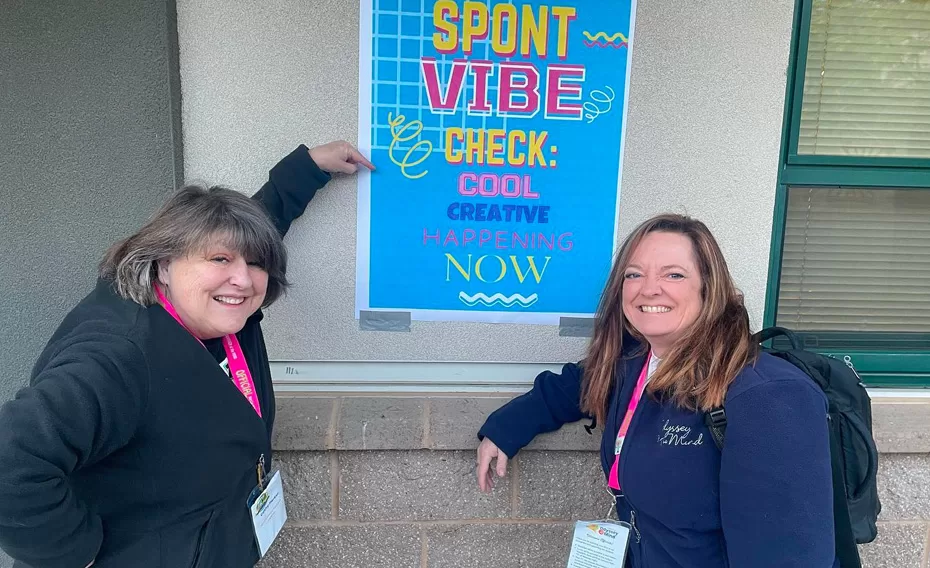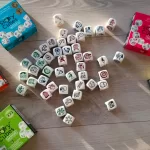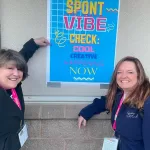A look inside the Land o’ Spont!
A Set of Problems at Each Level:
For each level of competition (qualifying tournaments, association finals), the Odyssey of the Mind organization releases a set of problems to be used. These sets always include the three main types of spontaneous problems.
Choosing the Problems:
Problems are chosen from the Odyssey-provided sets based on a variety of basic criteria.
Practical or Physical Criteria: These criteria include our ability to source the space and materials needed for the problem. Some problems can be tricky for younger teams because they might involve stretching over a large are, so those problems might only be considered for Division II or III (aka, typically taller, teams).
The main criteria used for spontaneous problem selection are twofold:
Does a problem have the potential to be fun for the teams? Does a problem have the potential to produce a wide range of scores, rewarding teams who have put time, thought, and analysis into their Spont practices?
Long-Term Problems, Past Types of Spont Problems
Coaches and Teams wonder…
“If we do a Long-term performance problem (Classics or Theatrical), does that mean that we’ll get a hands-on spontaneous problem? Or, if we do long-term problems such as Vehicle, Technical, or Structure, will we get a verbal spontaneous problem?”
The answer is…maybe! The long-term problems in which teams compete are NOT considered in spontaneous problem selection.
“If our team had one type of Spont problem for the Qualifying Tournament, will we get one of the other two types for the Association State Finals?”
The answer is…maybe! The spontaneous problems teams received at the Qualifying Tournament level are NOT considered when selecting problems for the Association Finals.
Getting Ready for Spontaneous at the NorCal Association Finals
All season, at every coach and team webinar and in every newsletter, the same message is emphasized:
Practice Spontaneous at every meeting, and practice all three types of spontaneous problems: Verbals, Verbal/Hands-On, and Hands-On. Coaches and teams are also encouraged to debrief after completing a problem.
This advice holds for the Norcal Association Finals: Approximately ⅓ of your final calculated score is based on Spontaneous. Practice, practice, practice…AND…Have fun realizing that on-the-spot creativity can be helped along with advanced prep!
Spont on!
Cathy Parker
NorCal State Spontaneous Problem Captain





